Oh The Variables
When you consider the variables in play when dealing with audio, it amazes me that we’re able to create anything that sounds even half-decent to someone else.
Author-End Variables
- How the authorship software processes audio
- Digital-to-analog conversion quality
- Unbalanced monitors / headphones
- The acoustic space
- Monitor placement
- Mix position
- Your ears
- Your brain
User-End Variables
- End format (likely compressed)
- End user device software processes
- End user device hardware limitations (e.g. in-built compressor)
- Digital-to-analog conversion quality
- Consumer monitor / headphones
- Untreated space
- Extraneous interference (e.g. city noise)
- Monitor placement
- Listening position
- Their ears
- Their brain
As a result of all of this, the only thing you can be sure of is that no one will ever hear your music or sound the way you do. This is why dubbing mixers or mastering engineers often are heard saying something along the lines of, “that’ll be the last time anyone hears it as it’s meant to sound”.
It’s easy to quickly turn to despair in the face of all this, but there are steps we can take to minimize the influence of some of these variables. Steps such as using more transparent gear, learning the various biases of our existing equipment and account for them, acoustic treatment and extensively testing final mixes under a variety of conditions. Aside from all of those, there’s something else you might try…
The Package
Sonarworks Reference 3 is a software/hardware solution that attempts to account for the combination of your monitors, the space they’re in, their placement and your mix position. It does this by taking numerous measurements around the mix position with a calibrated measurement microphone, then generating a preset for their plugin that makes EQ, delay and level adjustments in an attempt to calibrate your system to either a flat, emulated or desired response curve.
Sonarworks were kind enough to send DesigningSound a copy of Reference 3 and their calibrated microphone to review. Other reviews have been broadly positive so I was excited to give it a go and see how it could help improve the sound of my home studio space.
The package I got included their XREF 20 measurement microphone which is bundled with a free trial of Reference 3. I’m not sure if the Software suite & Mic Bundle pictured above comes with any documentation, but there was none to speak of in the microphone-only package. Whilst Reference 3 is designed to be intuitive and simple to use, I did have some questions which were only partially answered by the online FAQ. Unfortunately trying to access the help menu from the software itself didn’t… well, help.
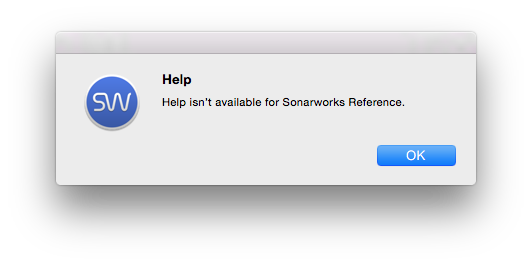 The mic itself is well-built and individually calibrated so any bias towards certain frequencies are accounted for by the software by way of a calibration file.
The mic itself is well-built and individually calibrated so any bias towards certain frequencies are accounted for by the software by way of a calibration file.
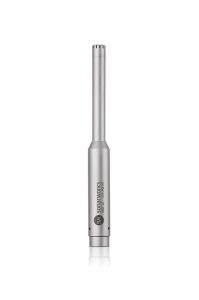 The FAQ online says that “you can use any calibrated measurement microphone”, so you need not use the Sonarworks microphone if you have your own.
The FAQ online says that “you can use any calibrated measurement microphone”, so you need not use the Sonarworks microphone if you have your own.
On the software side, Reference 3 is only Mac compatible currently, with older versions still available for PC users. The plugin comes in the following formats, VST/AU/RTAS/AAX, so you could conceivably borrow a mac to run the calibration component and then use the plugins on a windows machine if needs be.
Testing, Testing, One, Two, Three
Before I begin, a little context about my space and the work I do. I’m primarily a composer and sound designer. I do some of my sound work at a post-production facility with treated rooms, but my home rig is a pretty average setup with an MBox 3 Pro, feeding both a pair of small, powered 5-inch bookshelf monitors and a separate Crown amplifier feeding higher-end 4-way monitors in a A/B setup (both pairs are calibrated to 79dB). My room measures roughly 13ft/8ft/7.5ft with a mix of flat surfaces, and furniture and limited treatment. My higher-end monitors claim to track +/- 3dB 20hz-20kHz and from my own testing, they do so from 500Hz and up. Anything below 500Hz is a bit of a crapshoot due to the room so that’s where I’m hoping Reference 3 can help me out.
I went through the calibration process seven times in all, five with my high-end monitors to test the influence of various settings and to track consistency, and twice more with my 5” bookshelf monitors. I’ll start by talking about the process of calibrating itself, and then I’ll discuss my results.
The calibration process is straightforward with onscreen prompts guiding you clearly though every step. You start by selecting a microphone and a calibration profile. In this case it was the XREF 20 with the associated calibration file that relates to the serial number on the microphone.
You then select your input and output channels.
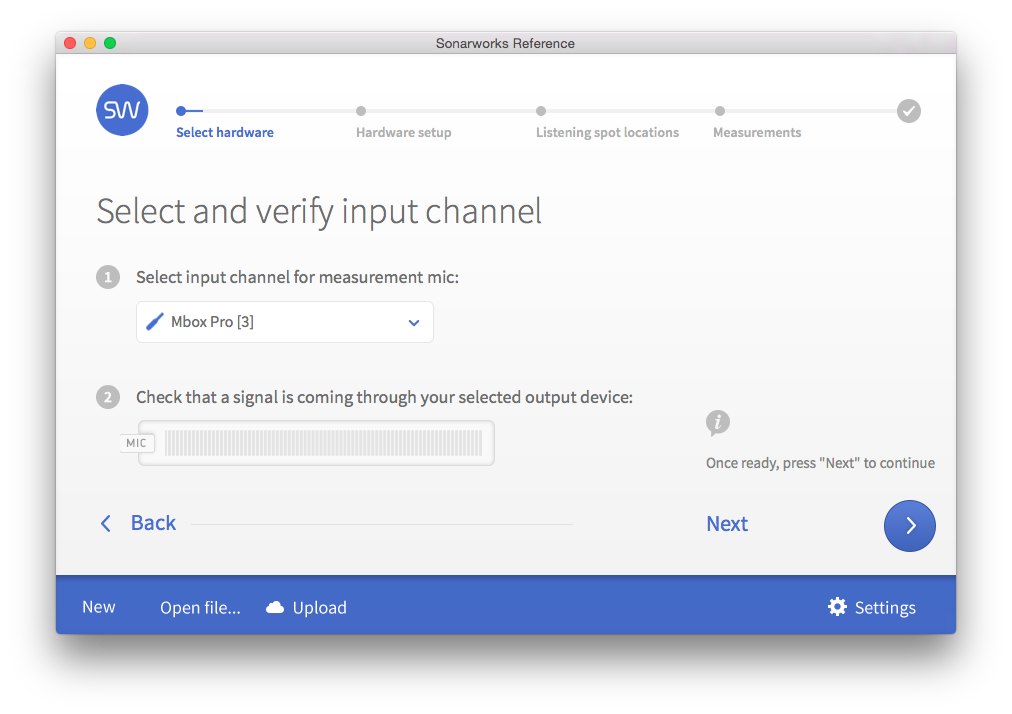
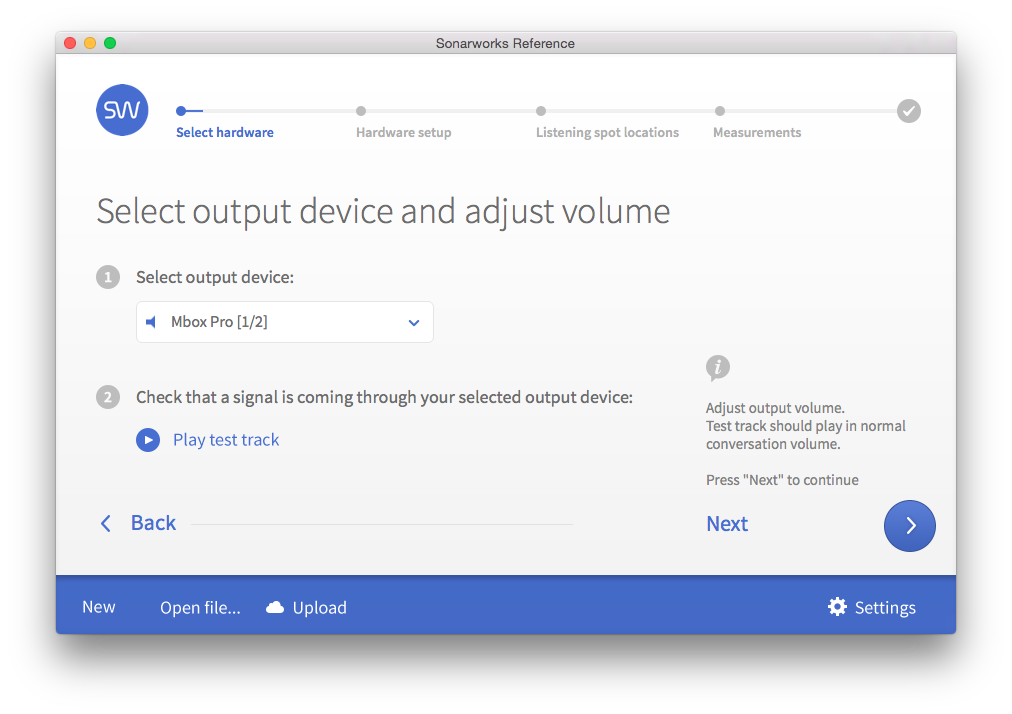 Next Reference 3 checks the signal level coming from the mic to make sure it’s at an appropriate level.
Next Reference 3 checks the signal level coming from the mic to make sure it’s at an appropriate level.
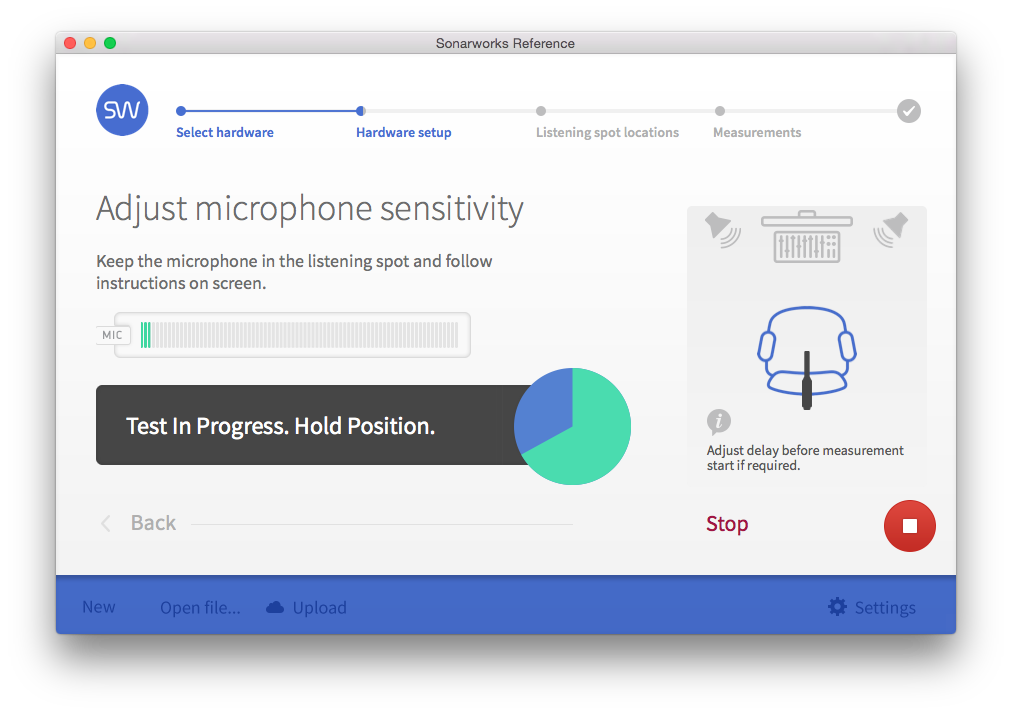 Then Reference 3 does a series of tests to determine how far apart the monitors are from each other, and how far back the listening position is.
Then Reference 3 does a series of tests to determine how far apart the monitors are from each other, and how far back the listening position is.
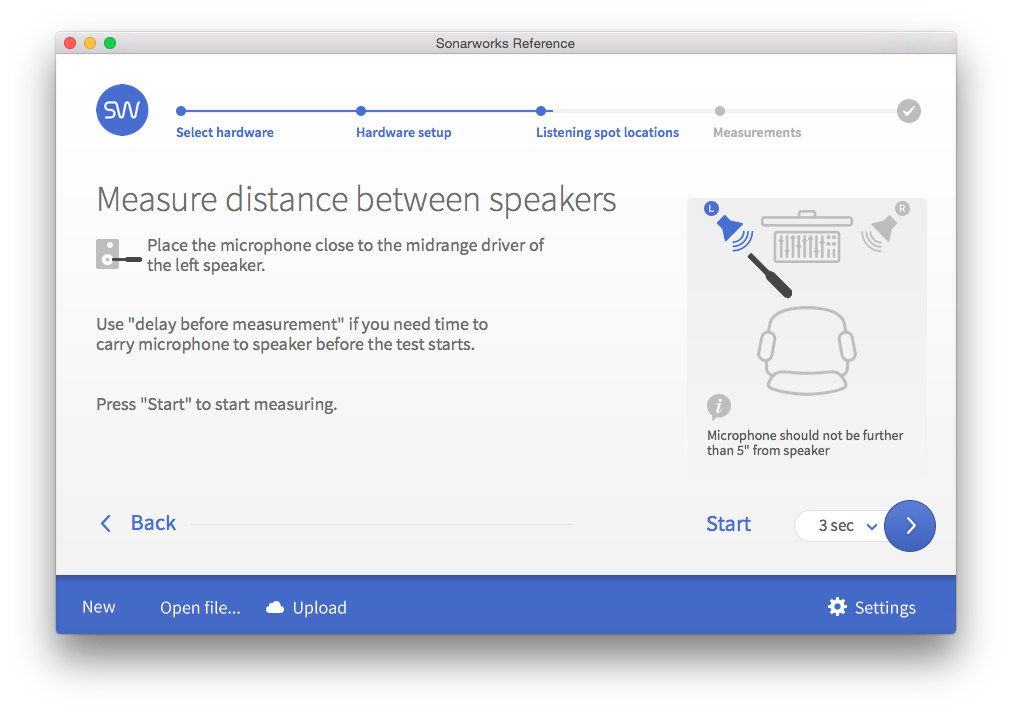
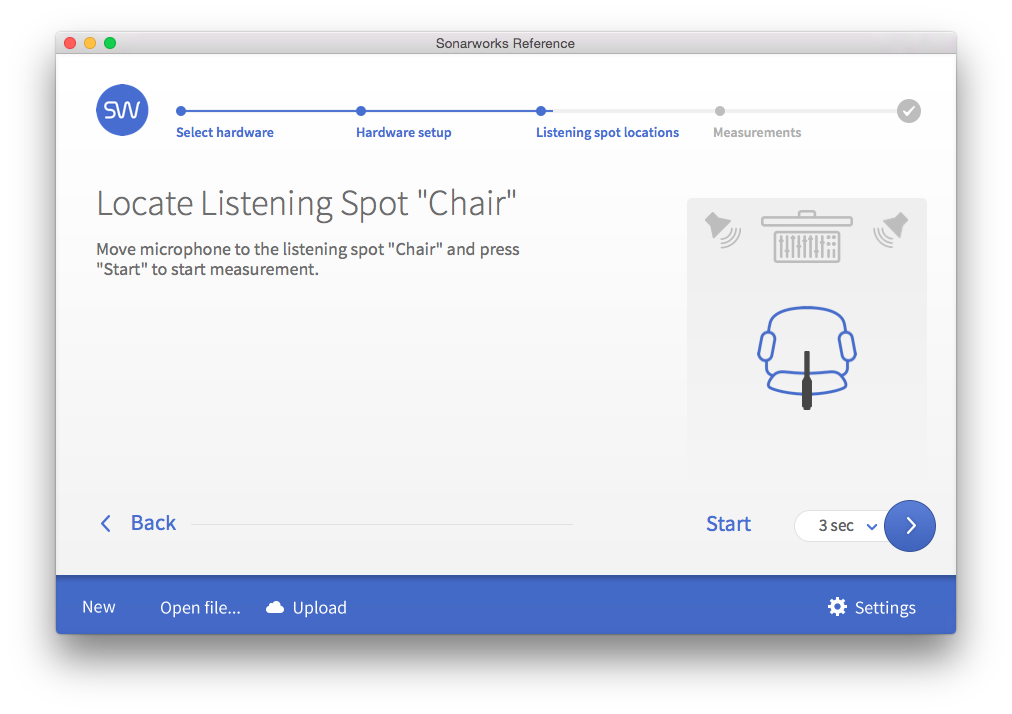
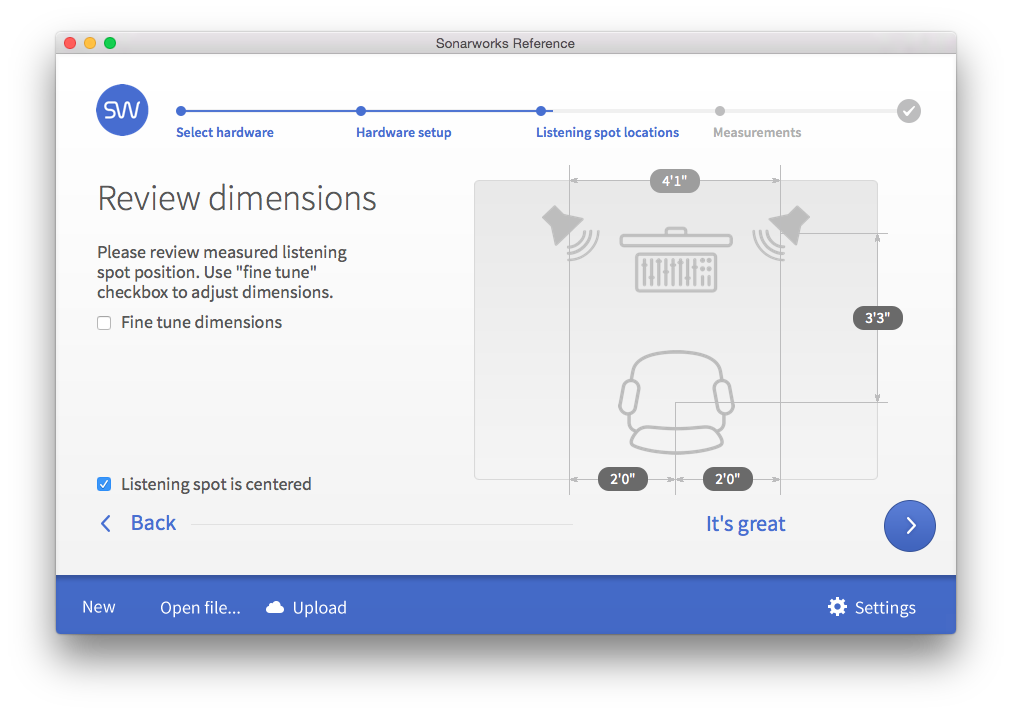 Next is the measurement process itself which has an optional tutorial that describes how the process works.
Next is the measurement process itself which has an optional tutorial that describes how the process works.
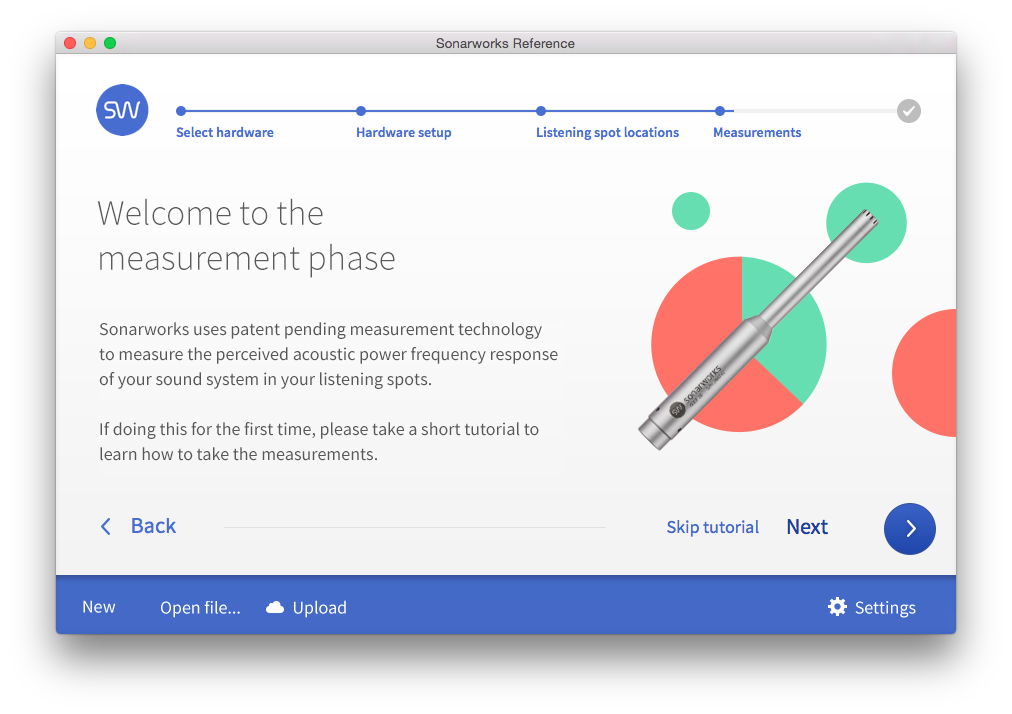 Essentially, through emitting sounds from the stereo monitors and picking up those signals on the microphone, the software is able to somewhat accurately determine the position of the microphone in the room, guide you to where the next measurement zone is, at which point you leave the mic stationary at ear level while sweeps are played back to analyse frequency response. The standard test uses 24 measurement locations around the listening position.
Essentially, through emitting sounds from the stereo monitors and picking up those signals on the microphone, the software is able to somewhat accurately determine the position of the microphone in the room, guide you to where the next measurement zone is, at which point you leave the mic stationary at ear level while sweeps are played back to analyse frequency response. The standard test uses 24 measurement locations around the listening position.
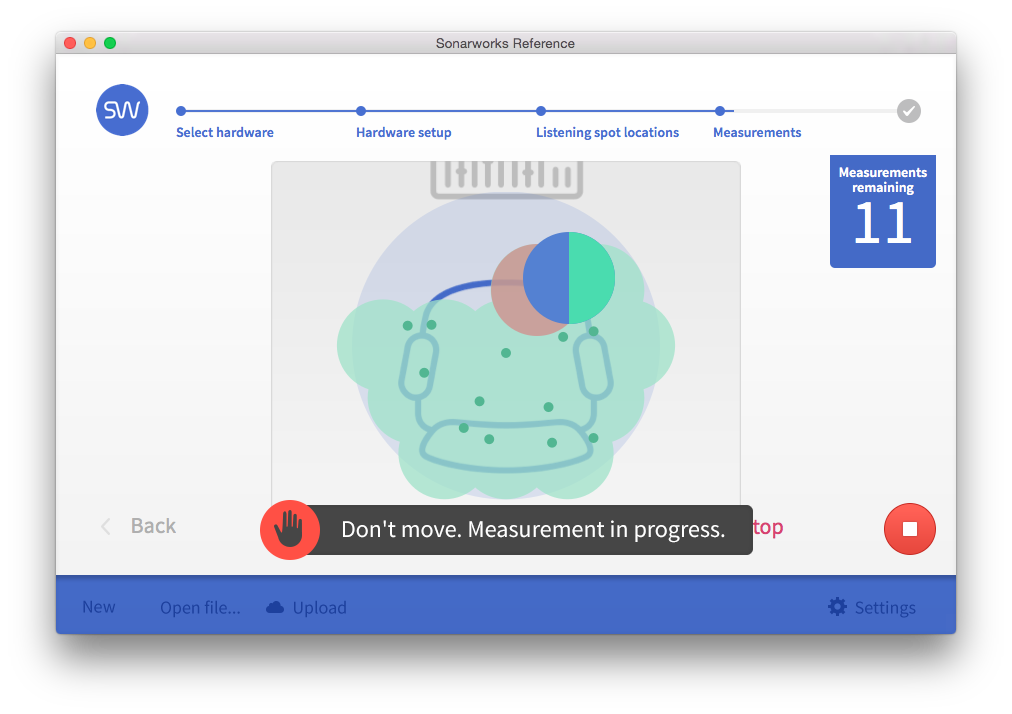 Once the test is complete you’re shown a frequency response chart with data lines for both left and right channels, as well as any level bias or delay between the two channels. Unfortunately there’s no zoom function so what you see is what you get in terms of detail. From here you can save a preset based on these results to use in your DAW in the Reference 3 plugin. All in all, with the standard settings, the whole process takes anywhere from ten to twenty minutes.
Once the test is complete you’re shown a frequency response chart with data lines for both left and right channels, as well as any level bias or delay between the two channels. Unfortunately there’s no zoom function so what you see is what you get in terms of detail. From here you can save a preset based on these results to use in your DAW in the Reference 3 plugin. All in all, with the standard settings, the whole process takes anywhere from ten to twenty minutes.
Plug Me In
The plugin is intended to be put on the monitor path out from the DAW to your monitors, so don’t leave it active in a record path as the idea is that it is calibrating your room, not the recording.
In the top right corner there’s a switch that changes it from the Monitor to the Headphone plugin. The Headphone plugin can be used if you own a pair of headphones which Sonarworks Reference 3 already supports. Alternatively, you can send off your headphones to be measured by Sonarworks and get a calibration file back from them to use with your headphones, or purchase a new pair of headphones directly from Sonarworks including a calibration file for that pair.
In the plugin form, we’re afforded some more options in the graph as we’re able to see both the preexisting response curves, our target curve (in this case “Flat”), the correction being applied as well as the end result.
The plugin allows you to switch the EQ function between three phase options, Minimum, Mixed and Linear, with Minimum being the most CPU intensive and Linear having the most latency. It’s great to have this option as depending on what you’re doing as you can adjust depending on your needs between CPU efficiency and acceptable latency.
The “Simulate” function essentially models the curve to sound like other popular monitors or headphones. It seems potentially powerful for people working for different end use formats who may want to test their mixes on different Monitor or headphone profiles, but with only six on offer at the time of writing this review (only two of which are monitors, the other four being headphone profiles), it felt like it had limited potential use.
All About Results
The testing process is certainly streamlined, but I for one had no success in getting accurate measurements for the distance between the monitors and the location of the listening position. On one test it assumed my monitors were 4ft7in or so apart. Another with slightly different settings estimated the distance was 3ft3in when in fact they’re 4ft1in apart. The listening position also was consistently off by about five inches. Fortunately you can manually adjust these values, but only around a limited range from Reference 3’s initial estimate. I read these errors be due to my working in 48kHz or having a reflective environment, but I tested at 44.1kHz to the same effect. As this product is designed for people who don’t already have an ideal calibrated space, I was left a little concerned that one of it’s tests may not be effective in such a space. Personally I’d rather just have entered in the values manually from the very start.
When it came to the measurement phase, I had mixed results. When setting the “Location Fixing Duration” to “Fast”, I felt like the diagram and space within which I had to move the mic related to one another. However, when set to “Slow” (which results in tests taking about twice as long) it seemed to be sending me much further out from the listening position. At one point it had me place the microphone just an inch away from the screen and that wasn’t even for the furthest forward position. Unfortunately, without any documentation, I was unsure what the significance of these settings were. Overall the default setup proved to be the most consistent.
 In terms of the end results, I feel like Reference 3 did a decent job picking up on the most glaring errors and I saw fairly consistent results between repeated tests. Here are the results I got from the five tests I conducted with my main monitors.
In terms of the end results, I feel like Reference 3 did a decent job picking up on the most glaring errors and I saw fairly consistent results between repeated tests. Here are the results I got from the five tests I conducted with my main monitors.
Monitor Pair A, Test 1
Measurement Signal Type: Default
Location Fixing Duration: Fast
Monitor Pair A, Test 2 (no changes from Test 1)
Measurement Signal Type: Default
Location Fixing Duration: Fast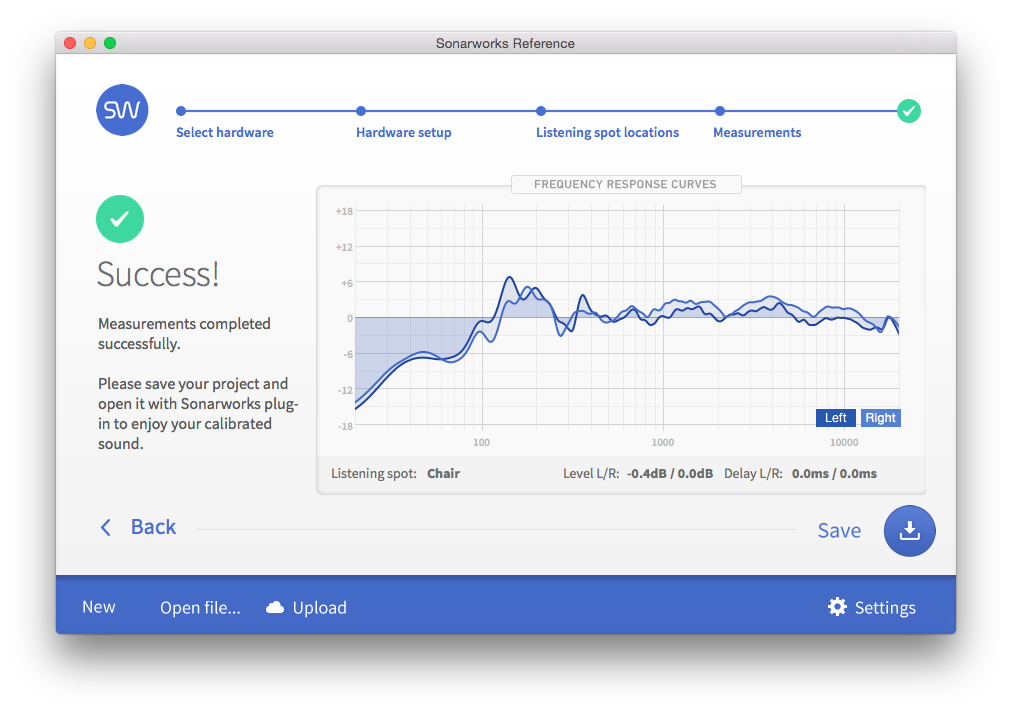
Monitor Pair A, Test 3
Measurement Signal Type: Type 2
Location Fixing Duration: Slow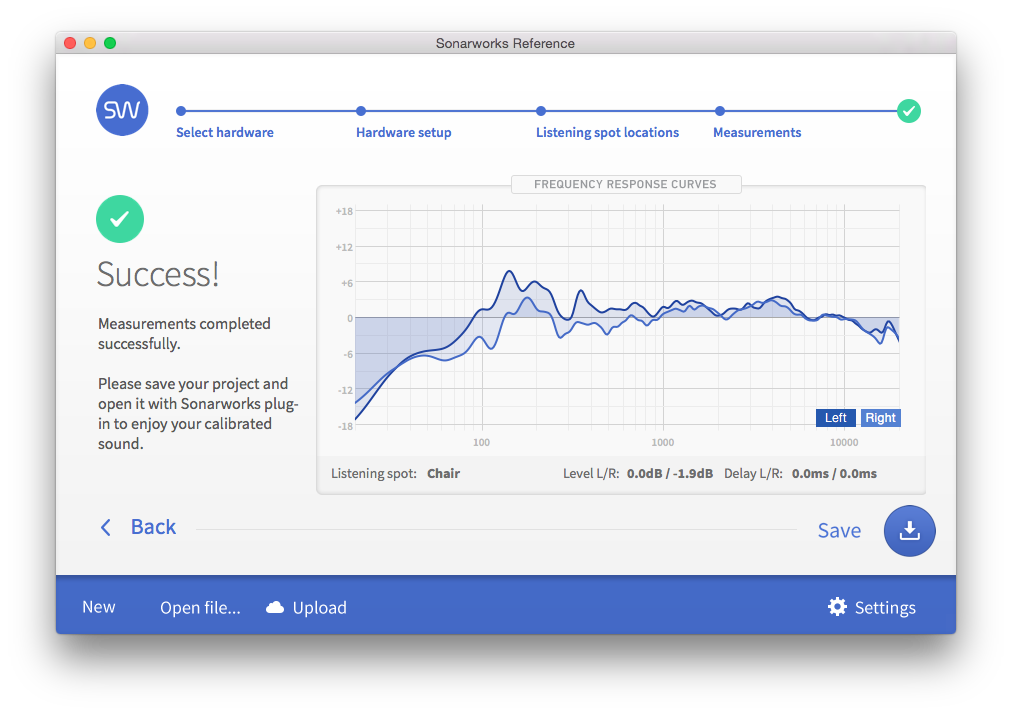
Monitor Pair A, Test 4
Measurement Signal Type: Type 1
Location Fixing Duration: Fast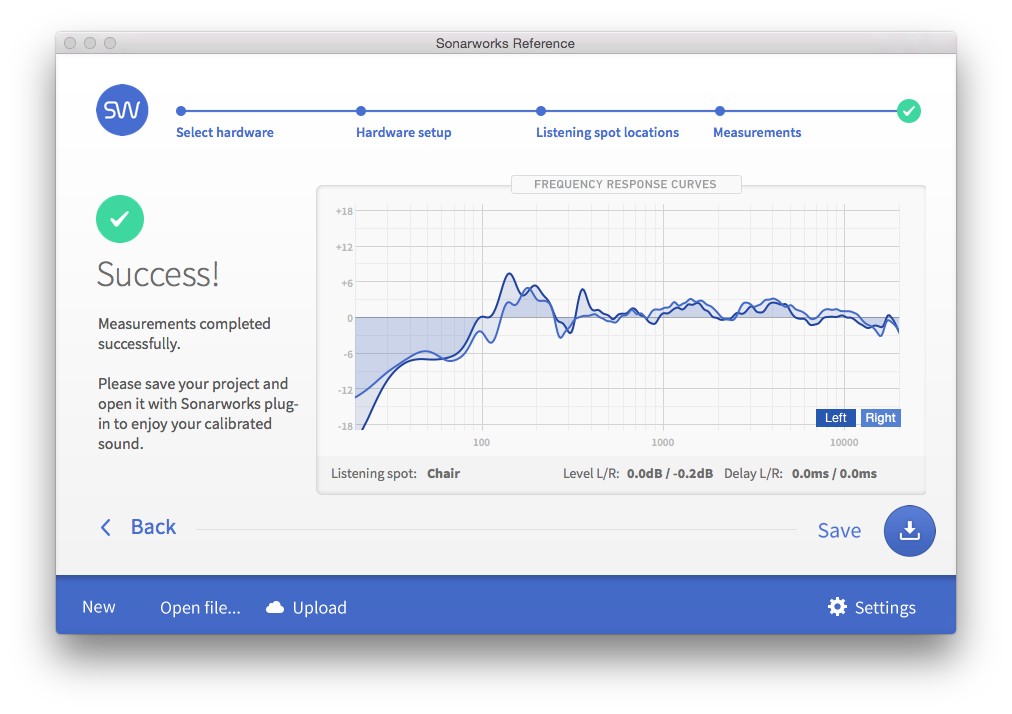
Monitor Pair A, Test 5 (changed from 48kHz to 44.1kHz)
Measurement Signal Type: Default
Location Fixing Duration: Fast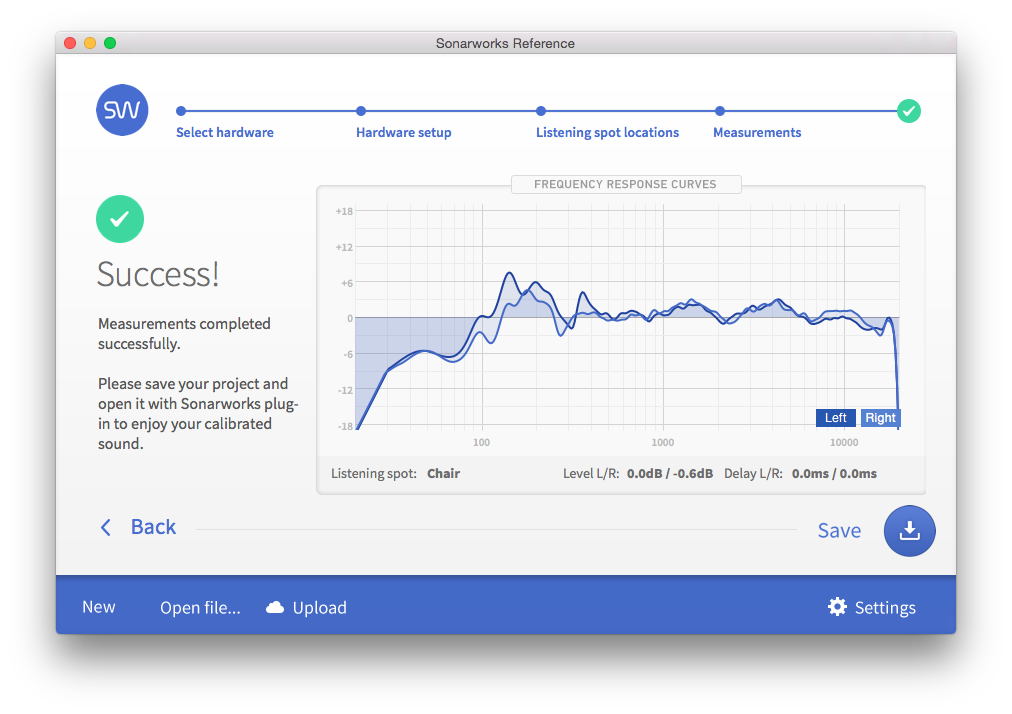
Generally I think it did a decent job but it’s clear there’s still room for some improvement as there are noticable difference between the results of each test, even when settings were left static.
I had better luck with my 5” monitors which tracked very well between two tests at the default settings.
Monitor Pair B, Test 1
Measurement Signal Type: Default
Location Fixing Duration: Fast
Monitor Pair B, Test 2
Measurement Signal Type: Default
Location Fixing Duration: Fast
The Limitations
While Reference 3 is going to help account for any frequency bias away from a flat response, it’s obviously not going to help you if you have any reverberant issues in your space such as slapback. Also, if you’re monitors are worn or damaged to the point where they can’t produce certain frequencies (extreme highs or lows for example), don’t expect Reference 3 to suddenly extend their range. It’s not a count against the product, just something to consider. I would say that Reference 3 doesn’t eliminate the need for room treatment, but should probably be seen as a supporting element to help you get another step along the path to a calibrated space.
The fact that it’s more of a software solution (safe for the measurement microphone) certainly helps keep the price down, but I did find it unfortunate that I would only ever be able to hear the calibration effect while in a DAW environment. You have to get used to the idea that if you listen to anything outside of the DAW environment, it’s going to sound different. It may not sound like a big deal, but getting to know the sound of your set-up can be tough when it’s inconsistent. I’m often spot-checking assets from the OS preview or working in a simple 2-track editor and there are times I felt uncomfortable as I listened thinking “that’s not how it sounded when I bounced it out”.
One final limitation I should note is that it’s currently only able to handle two channels, so those of you looking to calibrate your surround rig may need to wait for an update or future release.
Summary
Sonarworks Reference 3 is a software solution that may help you get closer to that ever elusive flat frequency response in your space. On the plus side it’s affordable, easy to use, well designed with nice aesthetics and it noticeably adjusts the sound to better reflect a calibrated setup. On the negative side, I did find inconsistencies in both the testing process and the results so I see it less of a total solution and more as a tool to add to your arsenal, supporting other elements such as room treatment. I can’t help but feel that for a tool designed for people wanting more control, it doesn’t offer much in the way of control. The testing process is highly automated and I would like to have been able to specify certain values and look at the results in more detail, but the design philosophy is more a “don’t worry about it, we’ll take care of it”, which is fine, but it places Reference 3 in an odd position directed towards people who care enough about their work to try and calibrate their space, but who also don’t care or aren’t knowledgeable enough to take a more hand’s on approach.
Whilst I suspect it’s effectiveness will vary wildly from space-to-space, the relatively low price point makes it worth checking out. For more on Reference 3 including pricing, free trials and Sonarworks’ other products, you can head to http://sonarworks.com
A NFR copy of Sonarworks Reference 3 and Measurement Microphone was provided by Sonarworks for use in this review.
*** For a $30 discount on Sonarworks Reference 3, enter the code “desoundsp” at checkout. This offer is valid through 10/31/15.
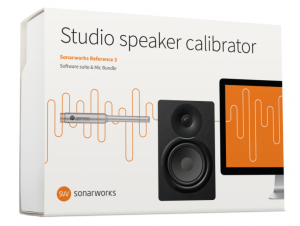
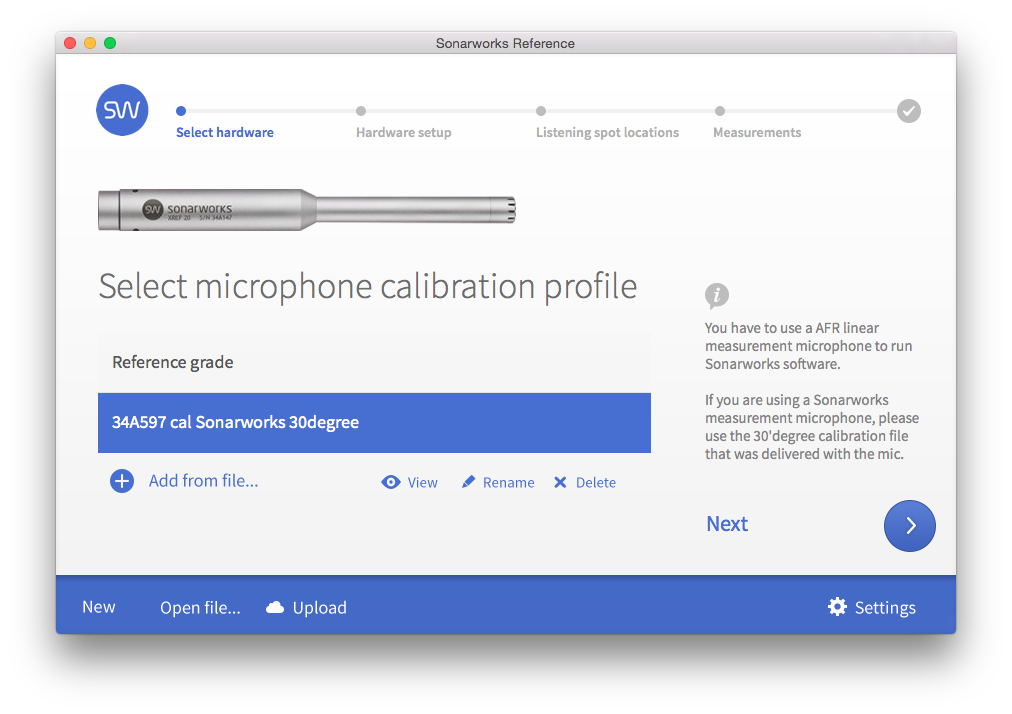
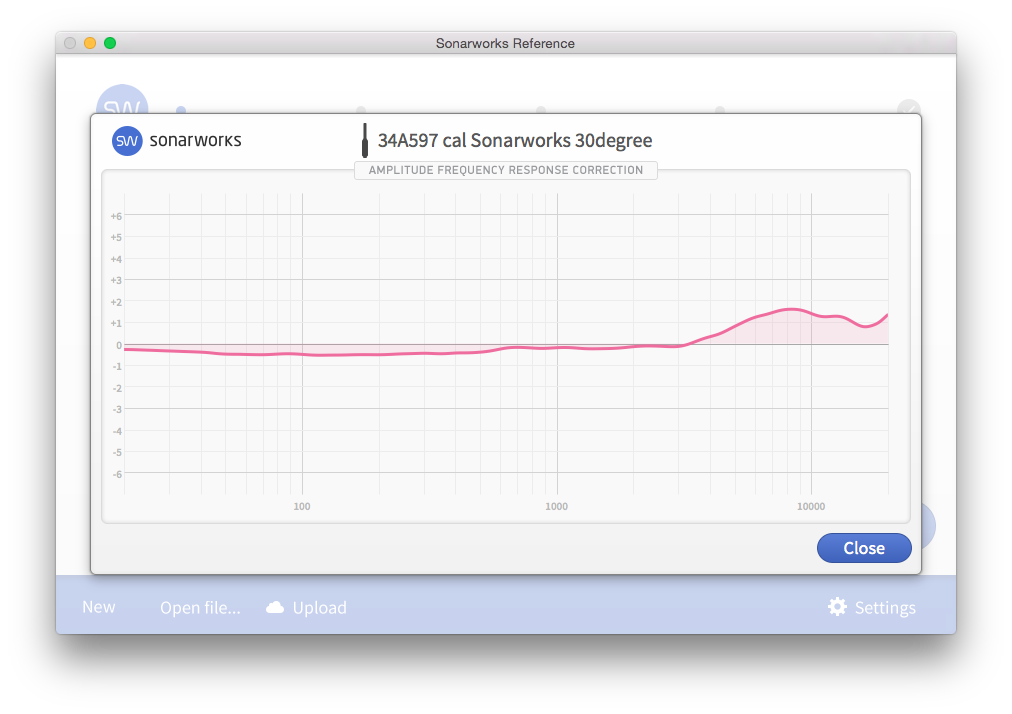
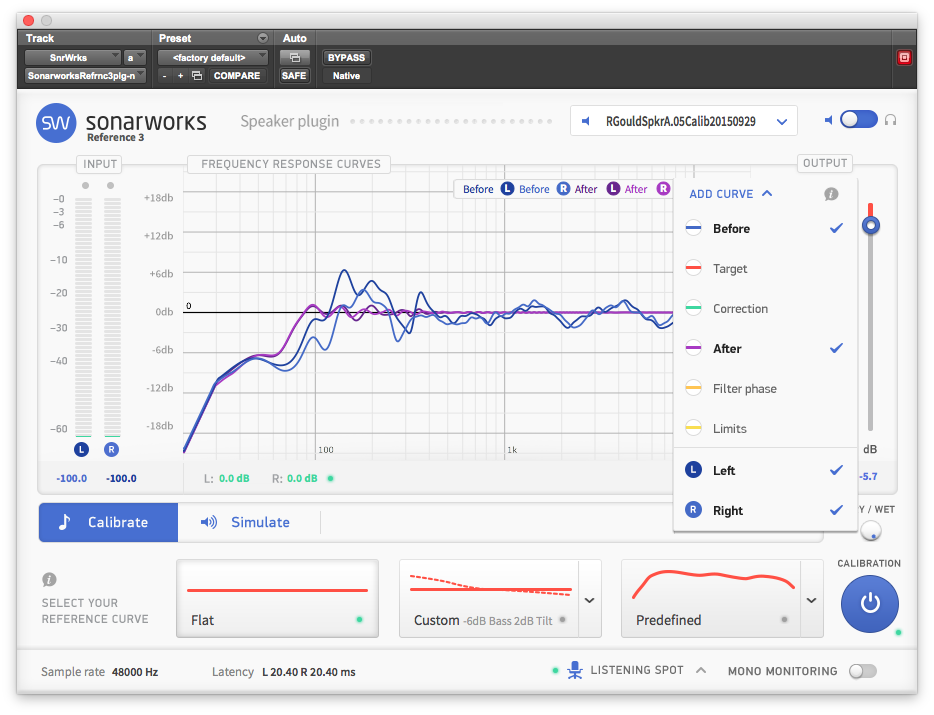
That’s all very interesting but is it easy to work with and does your mixes sound any better?
Hi Alex,
I’m sorry you felt the review was somewhat lacking. In short, it’s very intuitive and easy to work with, both in the testing phase and with the plugin within your DAW. I also believe it has improved my mixes as my system is somewhat more balanced, especially from 400Hz downwards where the room was really showing its influence.
If you’re still unsure, I suggest you read through these reviews by other sites:
http://www.musicradar.com/reviews/tech/sonarworks-reference-3-624375
http://www.soundonsound.com/sos/may15/articles/sonarworks-reference.htm
http://theproaudiowebblog.com/sonarworks-reference3-review.html
I would be intrested also, like Alex in more real world experience. The conclusion here was that it might help depending on yoru space but doesnt really give an notion of whose space it would workf or. More testing with different scenarios would be interesting. Also comparing it to a manual calibration or a more regular RRTF analysis by hand and adjusting by hand. Even more interseting would be comparing it to various hardware solutions (dynaudio air) but also acoustic adjusments.
In short. thanks for an intersting read now please give us more and in more depth :D
Hi Anton,
I’m sorry the interview didn’t answer all of your questions. I’d say Reference 3 would be most useful to those who have un/poorly treated environments. If you’re working in a good environment with treatment and a calibrated monitor setup, you may see a less drastic improvement, though I can’t speak directly to this.
As far as more extensive testing is concerned, I’m afraid we won’t be able to commit to that. DesigningSound is a free site without advertisements run by volunteers like myself. Such extensive testing would take a great deal of time and resources which we can’t always commit to. I’m sorry that in this instance the review wasn’t up to your high standards. I suggest you consider reading the following reviews by other sites:
http://www.musicradar.com/reviews/tech/sonarworks-reference-3-624375
http://www.soundonsound.com/sos/may15/articles/sonarworks-reference.htm
http://theproaudiowebblog.com/sonarworks-reference3-review.html
Well I appreciated your candid review – many thanks,
Jezz